Poly Aluminium Chloride (PAC): The Multifunctional Water Treatment Powerhouse
Jun 24, 2025
In the realm of water treatment and industrial purification, Poly Aluminium Chloride (PAC) stands out as a versatile and highly effective chemical. Widely recognized for its superior coagulation properties, PAC has become an indispensable tool for various industries, revolutionizing the way we purify water and manage wastewater.
PAC is a inorganic polymer flocculant with the general formula [Al₂(OH)ₙCl₆₋ₙ]ₘ, where n typically ranges from 1 to 5, and m represents the degree of polymerization. This unique chemical structure endows PAC with distinct advantages over traditional coagulants such as aluminum sulfate (alum). Its polymeric nature allows for a more efficient neutralization of electrical charges on suspended particles in water, leading to faster and more effective floc formation.
The coagulation process using PAC is based on several key mechanisms. Firstly, PAC hydrolyzes in water, releasing positively charged aluminum species. These species interact with negatively charged colloidal particles, reducing the electrostatic repulsion between them. As a result, the particles start to aggregate, forming small flocs. Secondly, the polymeric chains of PAC can act as bridges between different particles, further promoting the growth of flocs. These larger flocs then settle more easily under gravity, separating from the water and effectively removing suspended solids, organic matter, and some heavy metals.
One of the most significant applications of PAC is in drinking water treatment. With the increasing concern over water quality and the presence of various contaminants in raw water sources, PAC plays a crucial role in ensuring the safety and purity of drinking water. It can efficiently remove turbidity, color, and harmful substances such as bacteria, viruses, and algae. Compared to traditional coagulants, PAC requires a lower dosage to achieve the same level of purification, reducing operational costs and minimizing the generation of sludge.
In wastewater treatment, PAC is equally important. Industries such as paper manufacturing, textile dyeing, and food processing generate large amounts of wastewater containing complex pollutants. PAC can effectively treat these wastewaters by coagulating and precipitating suspended solids, reducing chemical oxygen demand (COD), and removing color. For example, in the paper industry, PAC helps in the removal of lignin and other organic compounds, making the wastewater more suitable for recycling or discharge.
Another application field of PAC is in the mining industry. During the mining process, large amounts of water are used, and the resulting wastewater often contains fine particles of minerals, heavy metals, and other impurities. PAC is used to clarify this wastewater, allowing for the recovery of valuable metals and the proper disposal of the treated water, thus reducing the environmental impact of mining activities.
PAC also shows great potential in the field of industrial water treatment for boilers and cooling systems. By removing suspended solids and scale - forming substances, PAC helps to prevent scale deposition, improve heat transfer efficiency, and extend the service life of equipment. This not only reduces maintenance costs but also ensures the stable operation of industrial processes.
The advantages of PAC are numerous. Its high efficiency in coagulation means faster treatment times and better water quality. The low dosage requirement makes it cost - effective in the long run. Additionally, PAC has a relatively wide pH range of application, from slightly acidic to slightly alkaline conditions, which makes it suitable for various water sources. It also generates less sludge compared to traditional coagulants, reducing the burden of sludge disposal.
However, like any chemical product, PAC also has some challenges. The quality of PAC products can vary significantly depending on the manufacturing process and raw materials used. Poor - quality PAC may contain impurities that could potentially affect water quality. Therefore, strict quality control during production and careful selection of suppliers are essential. Moreover, although PAC is generally considered safe, improper handling and storage can pose risks to human health and the environment.
In conclusion, Poly Aluminium Chloride has emerged as a game - changer in the water treatment and purification industry. Its multifunctional properties, high efficiency, and cost - effectiveness make it an ideal choice for a wide range of applications. As the demand for clean water continues to grow, the role of PAC is expected to become even more prominent in the future. With continuous research and development, we can look forward to further improvements in PAC technology, making it an even more powerful tool in our pursuit of sustainable water management.
Recommended Products
Hot News
-
VCI: Chemical production and sales in Germany will decrease in 2024.
2024-01-06
-
Magnesium is an indispensable component in modern industrial society and nature. Understanding and mastering the food chain of soil, plants, animals, and humans is very important.
2024-01-04
-
Phosphorus in sewage water supply management has brought a lot of pressure, and more efficient phosphorus removal is urgent.
2024-01-04
-
Sodium metabisulfite is a widely used food additive, which not only has a bleaching effect, but also has the following effects:
2024-01-04
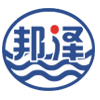
 EN
EN
 AR
AR
 NL
NL
 HI
HI
 JA
JA
 KO
KO
 RU
RU
 TL
TL
 IW
IW
 ID
ID
 LV
LV
 LT
LT
 VI
VI
 TH
TH
 TR
TR
 AF
AF
 MS
MS
 BN
BN
 EO
EO
 LA
LA
 MN
MN
 SO
SO

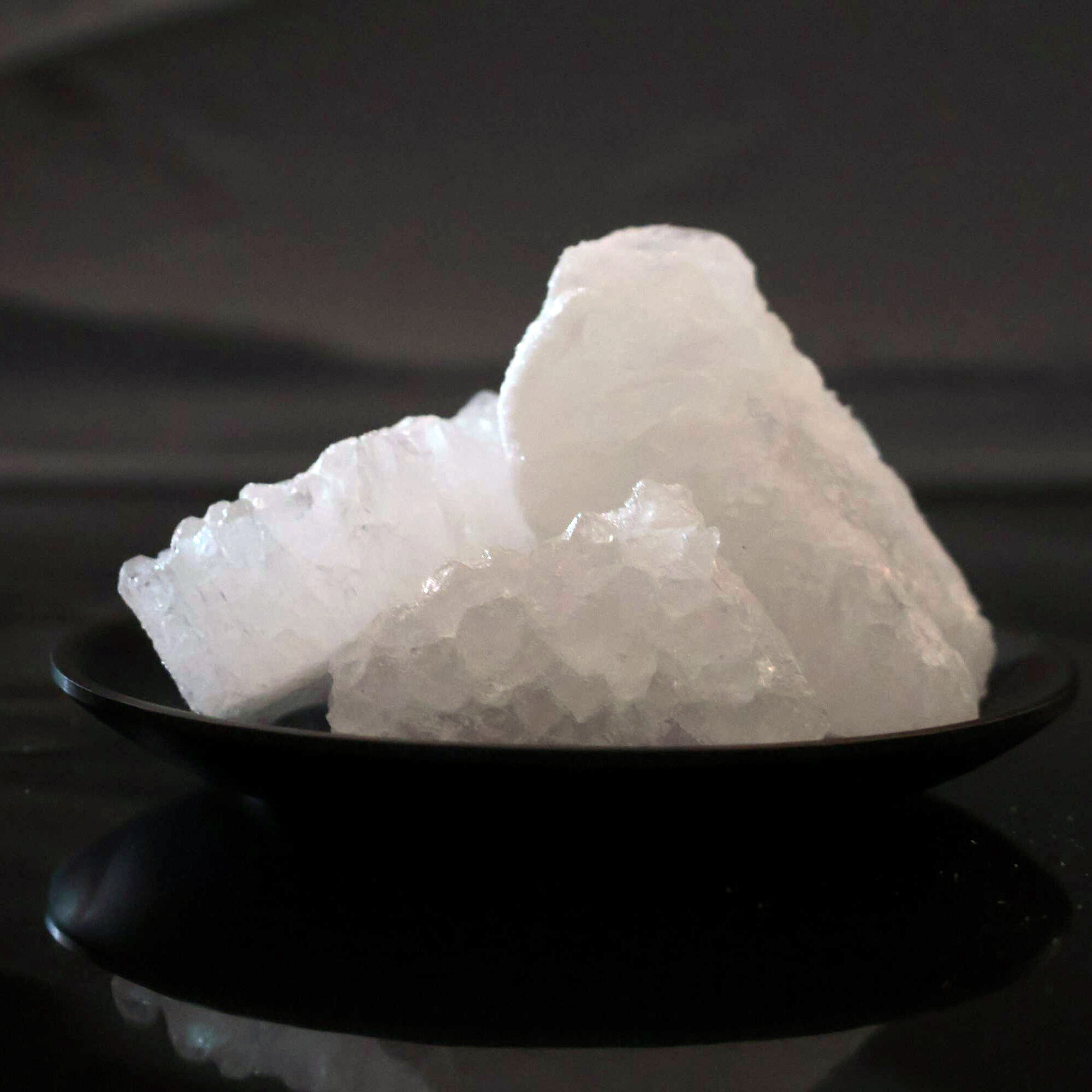
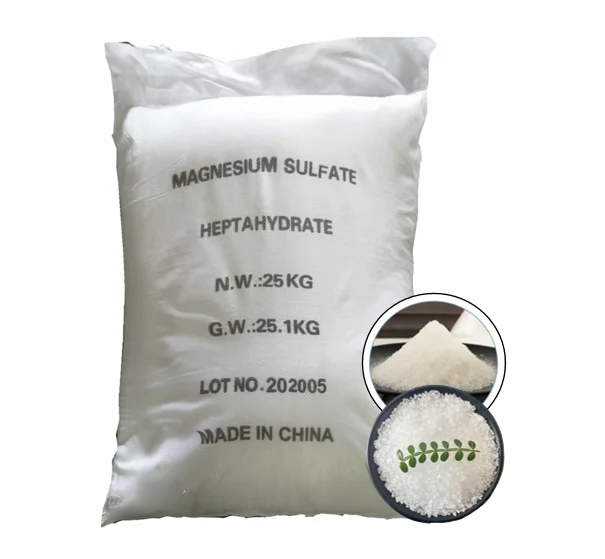
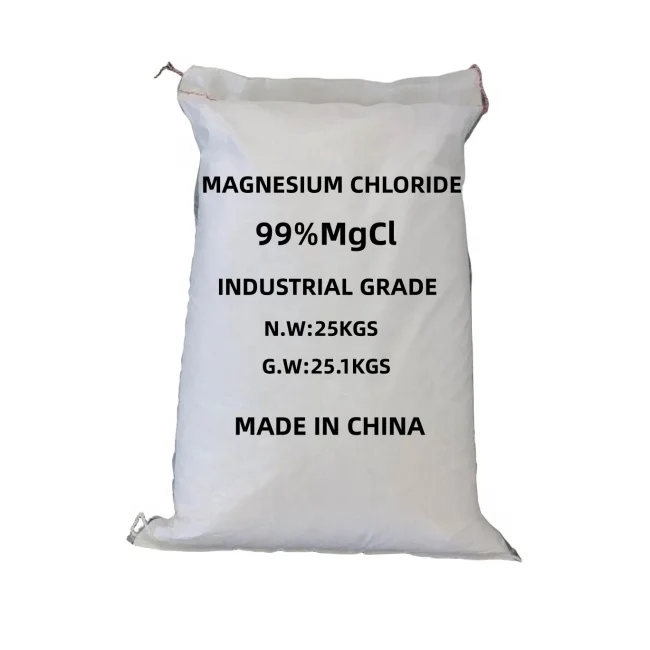
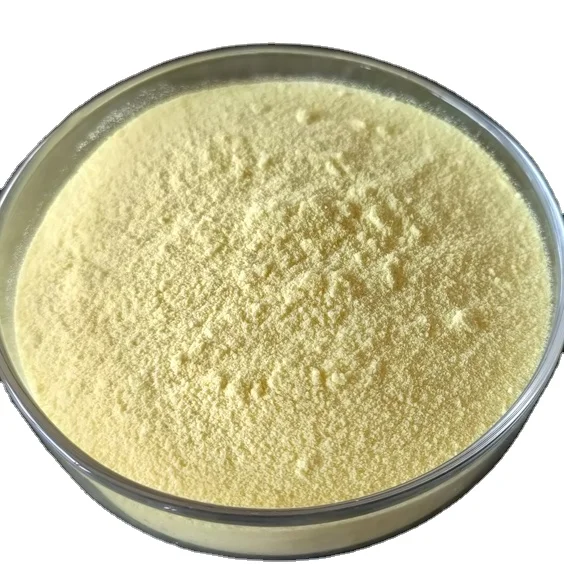
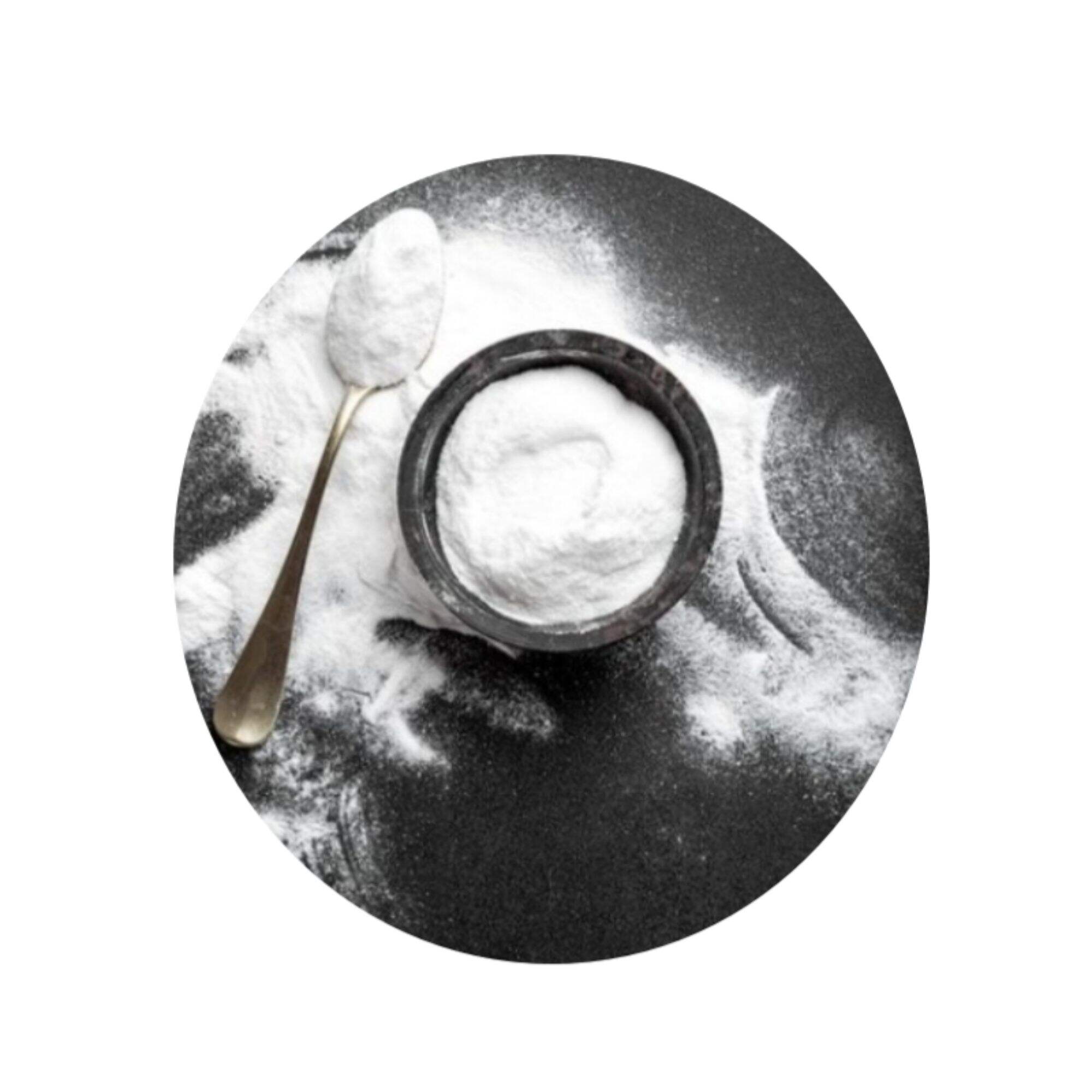
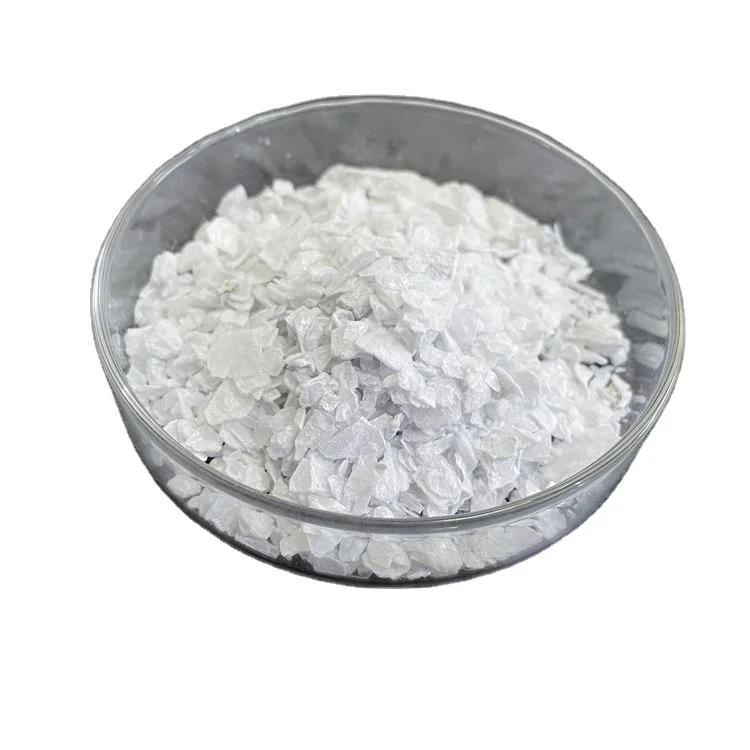
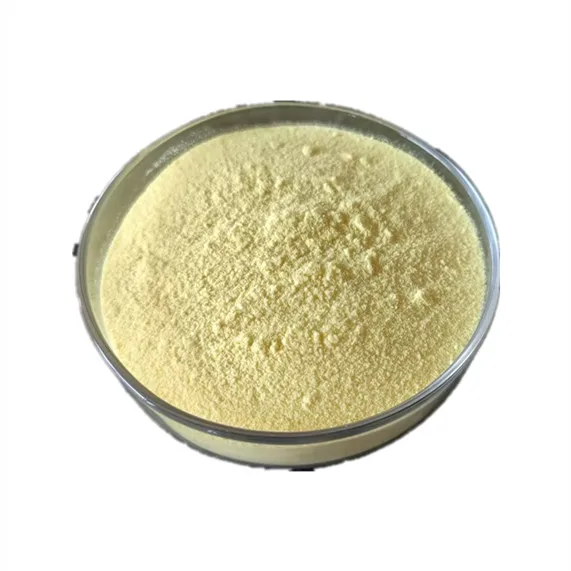
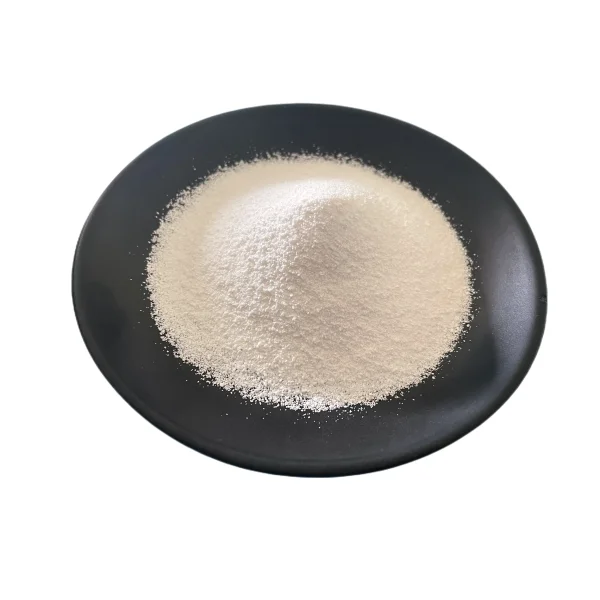
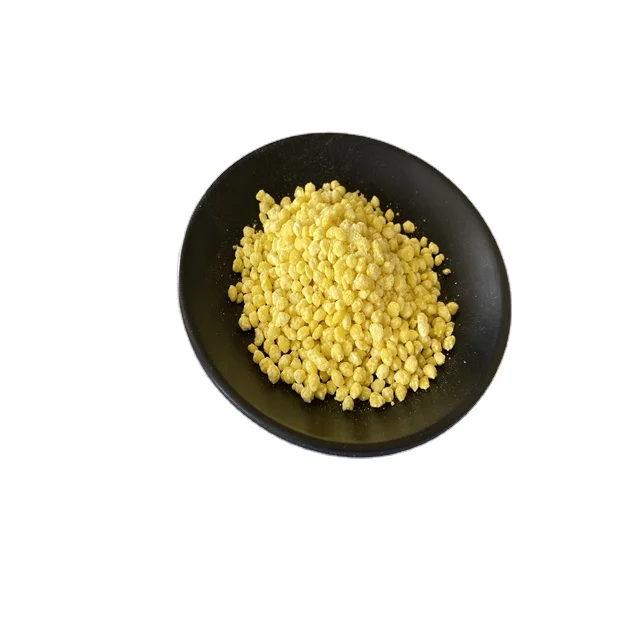
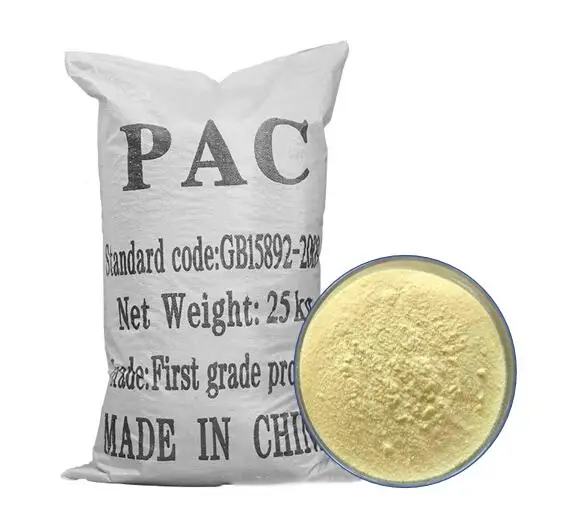
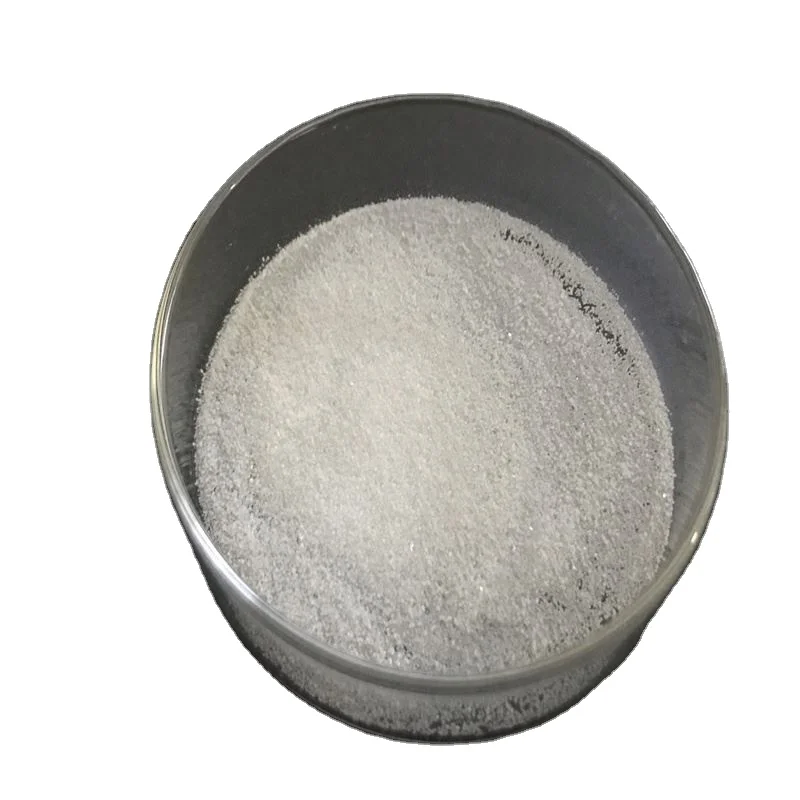
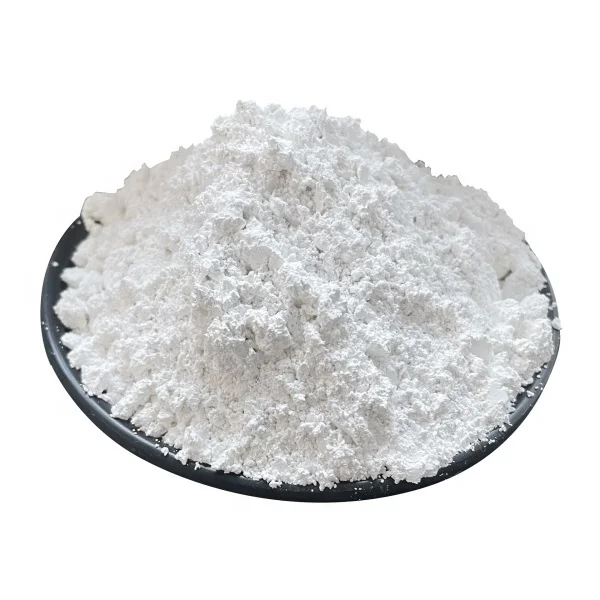
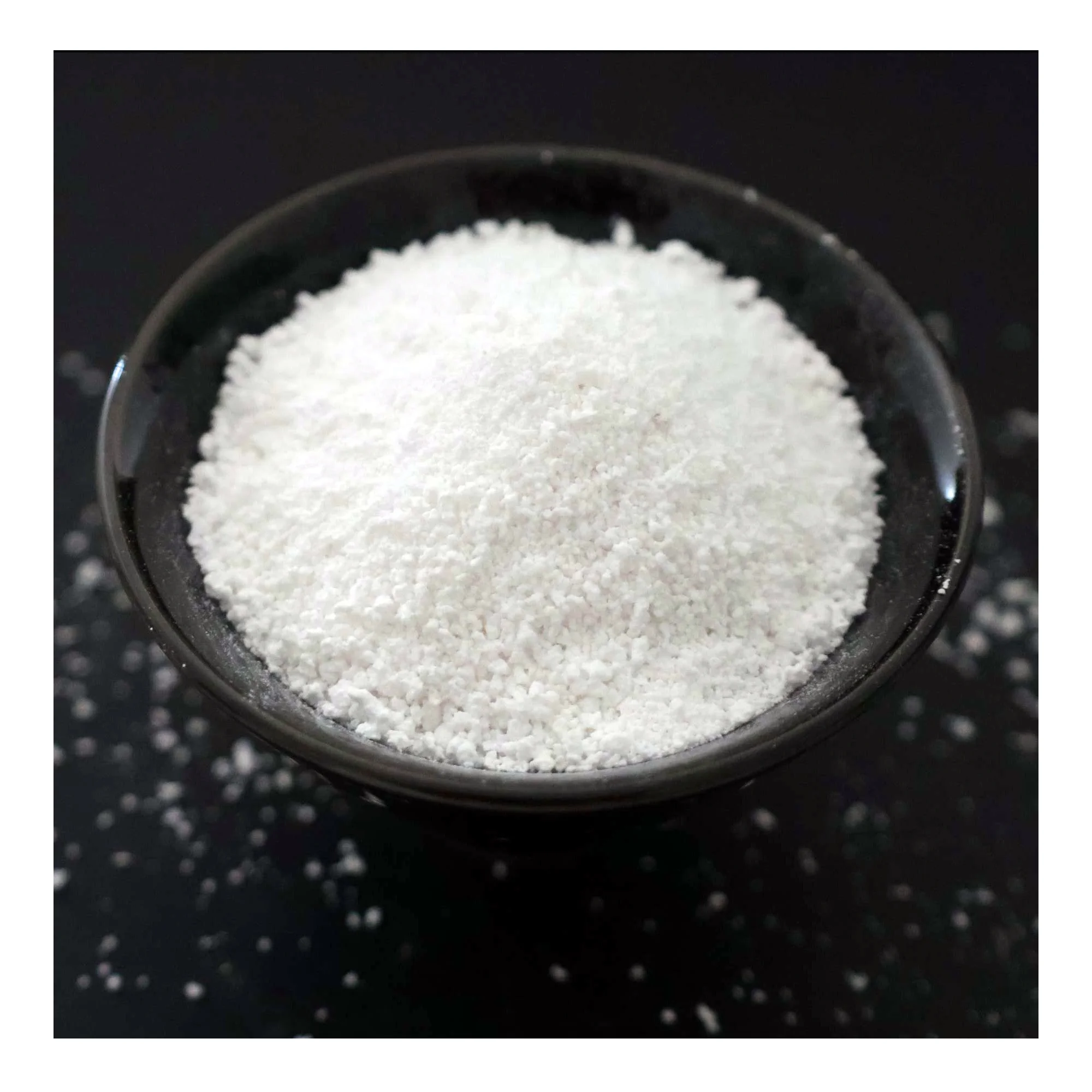

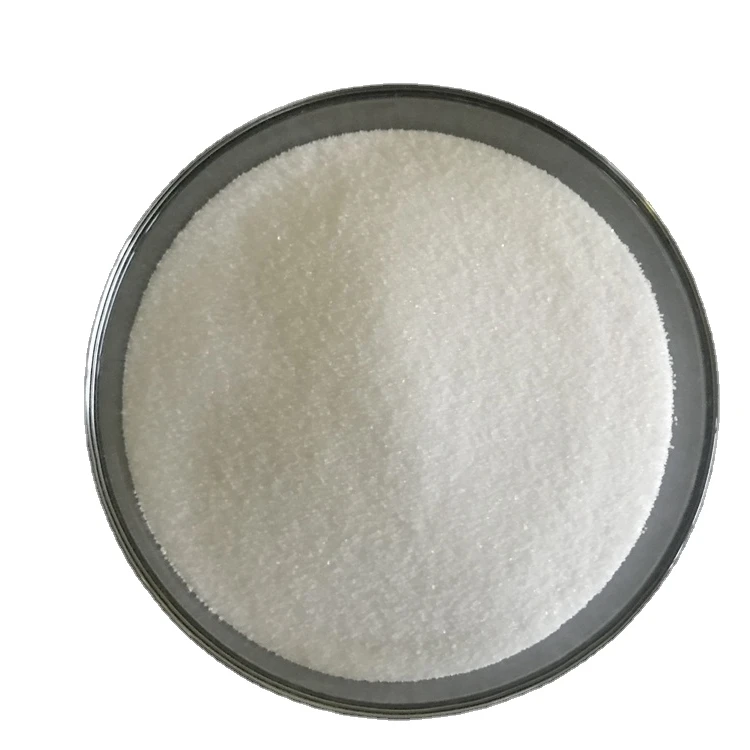
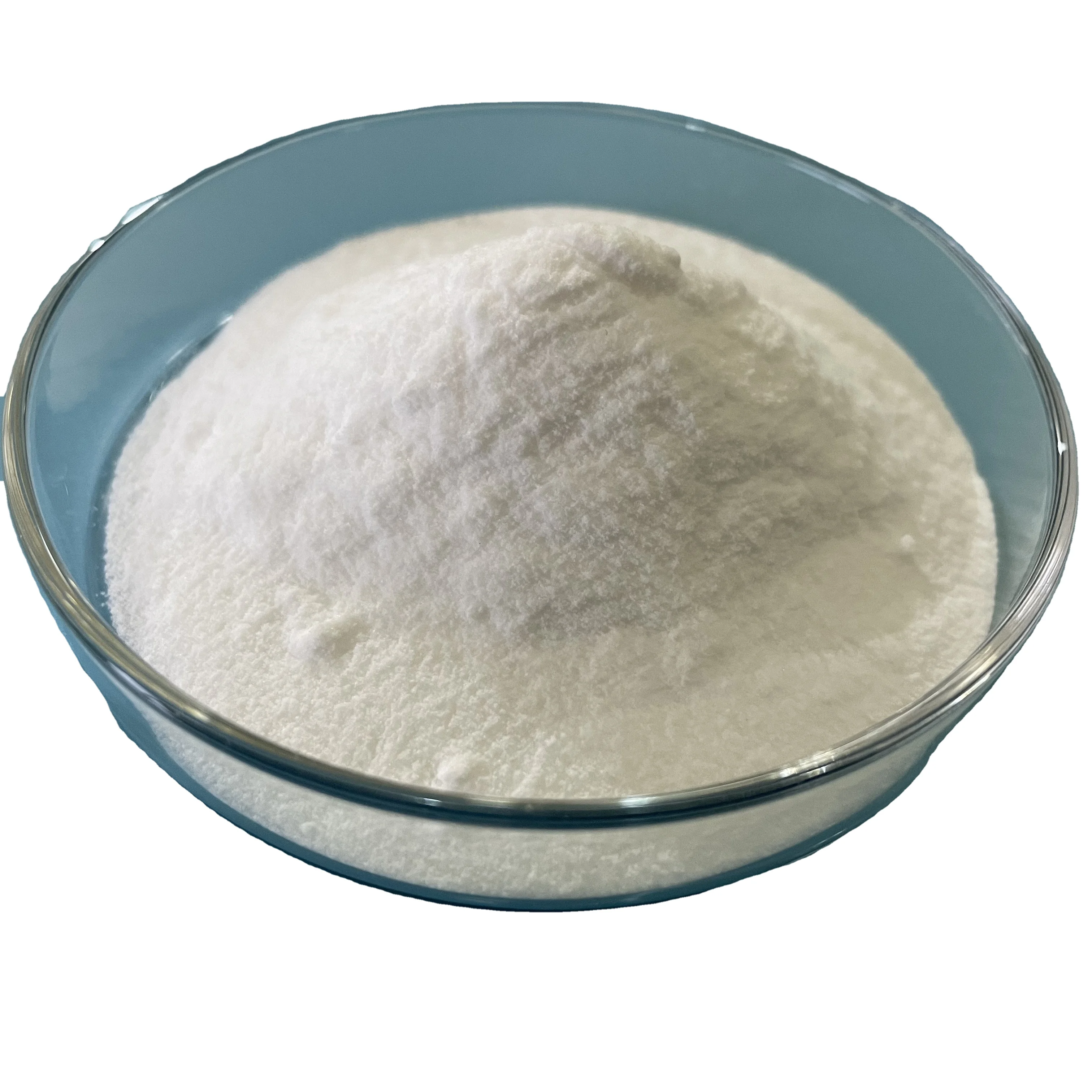
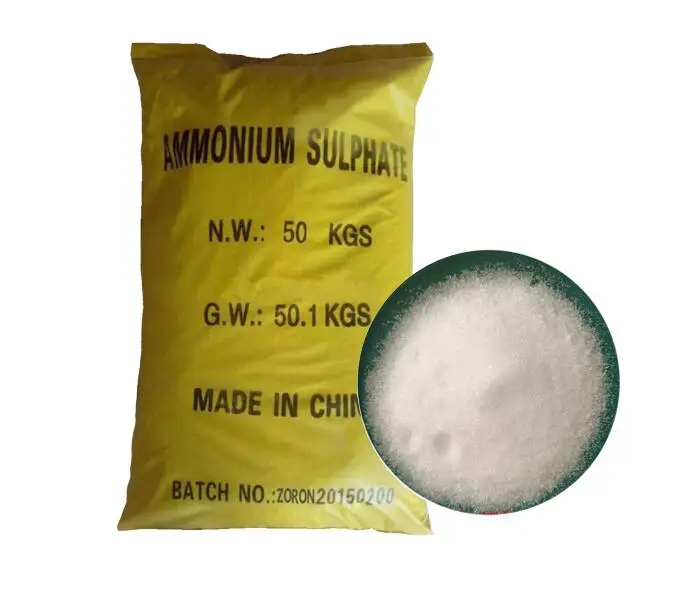
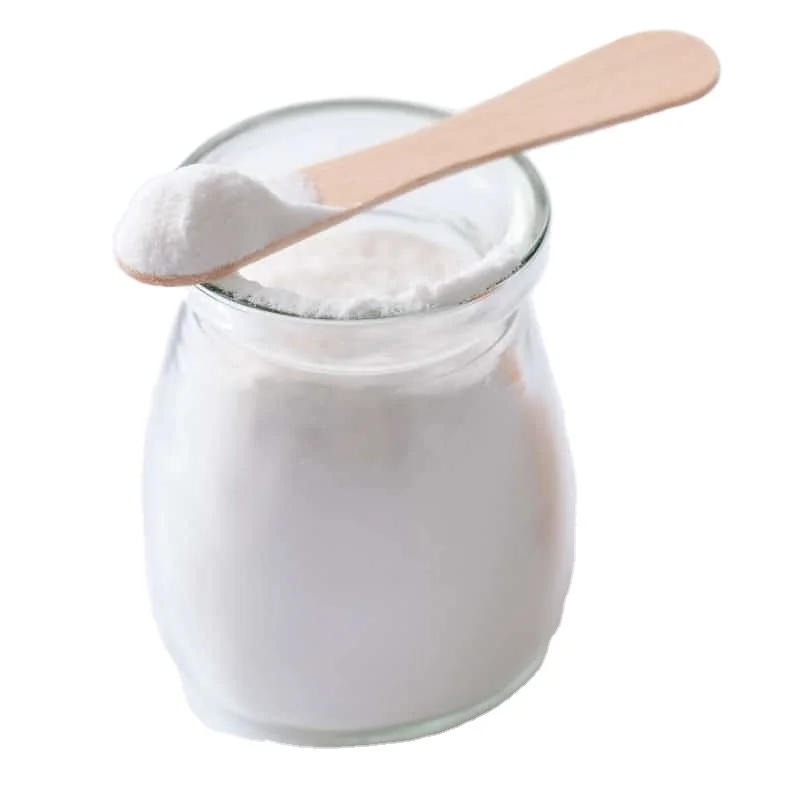


 ONLINE
ONLINE